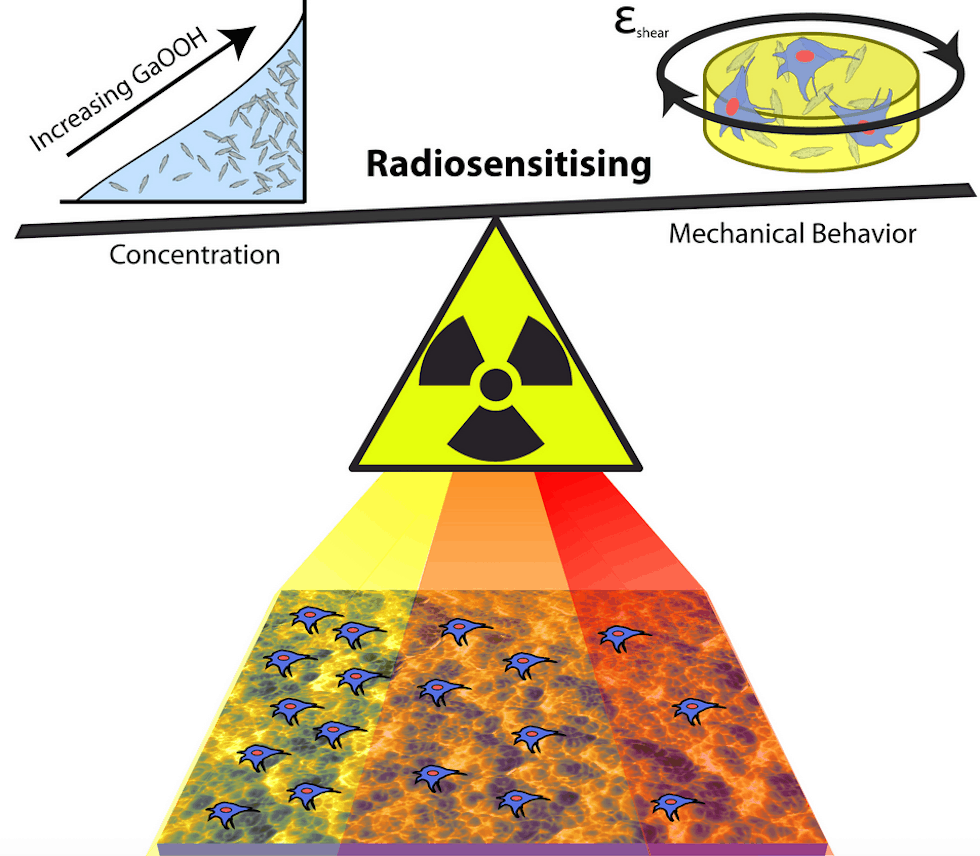Mechanical properties of radiation-sensitive material tuned for biomedical use
Researchers have created a composite material with properties that make it suitable for use in biomedical imaging, drug delivery and therapeutic treatments.

Developed by an interdisciplinary team of researchers at North Carolina State University, the material emits light and heat when exposed to specific wavelengths of radiation. It can also be customised to have specific mechanical characteristics.

“The radiosensitivity is what makes the material useful for biomedical applications, and the ability to tune the mechanical properties makes it less likely to be rejected by the surrounding tissue in the body,” said Nora Berg, a Ph.D. student at NC State and lead author of a paper describing the work.
The material is a composite of a biological gel made of proteins and semiconductor material gallium oxyhydroxide (GaOOH). The GaOOH is dispersed in the biological gel in the form of crystals that are 200-300nm in diameter and approximately 1µm in length.
“When the composite is exposed to wavelengths of radiation that would be used in clinical settings, the GaOOH responds by heating up and emitting light,” Berg said in a statement.
Register now to continue reading
Thanks for visiting The Engineer. You’ve now reached your monthly limit of news stories. Register for free to unlock unlimited access to all of our news coverage, as well as premium content including opinion, in-depth features and special reports.
Benefits of registering
-
In-depth insights and coverage of key emerging trends
-
Unrestricted access to special reports throughout the year
-
Daily technology news delivered straight to your inbox










UK Automotive Feeling The Pinch Of Skills Shortage
Not so much attracting skills to the UK but generating skills within the UK is what is needed! That statement suggest they are in effect wanting to...